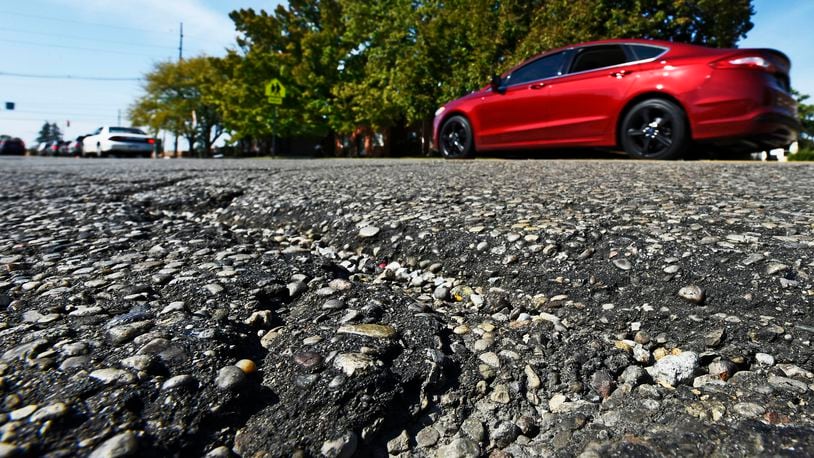“We had looked at this about a year ago, and the opportunity to have a plan in place to pave streets throughout the city of Hamilton is a demand,” Naab said, noting some of them have gone 60 to 70 years without new pavement.
“In order to fund the streets project, we had looked at the potential of creating a streets levy for the residents of our city to be able to look at strategically and say, ‘This all makes a good, common-sense business plan for the long haul in our city,’” Naab said.
In figuring out how to work toward a levy, officials examined how other communities had approached such issues, “and thought in order to do Hamilton’s correctly, it’s going to take an immense amount of time and resource,” he said.
The prospective issue was pushed back until 2018 so officials can do their due diligence, so the administration can develop a plan extending several years of plan for which streets would be paved, and to let a committee of residents and business people outline the plan for voters.
“Over this past couple of weeks, we’ve looked at the realistic goal and thought we can’t pull a committee together overnight, we can’t ask people to pull together as a team and have an effort that we’d ever be able to create a levy for May of ‘17,” he said.
It may take a 10-year plan to launch a significant attack on the city’s deteriorating streets, Naab said one city administrator has told him.
City Public Works Director Rich Engle in March said half Hamilton’s streets are in poor condition, meaning their pavement-condition-index rating is 50 or less on a 0-100 scale. Another 30 percent are fair; with the remaining 20 percent good, meaning they scored higher than 70.
Council Member Kathleen Klink, who has experience with tax levies as the former superintendent of Lakota Local Schools, has emphasized it’s important to have enough lead time to have a community conversation about it, “so that the community understands and are not surprised by anything.”
About the Author
